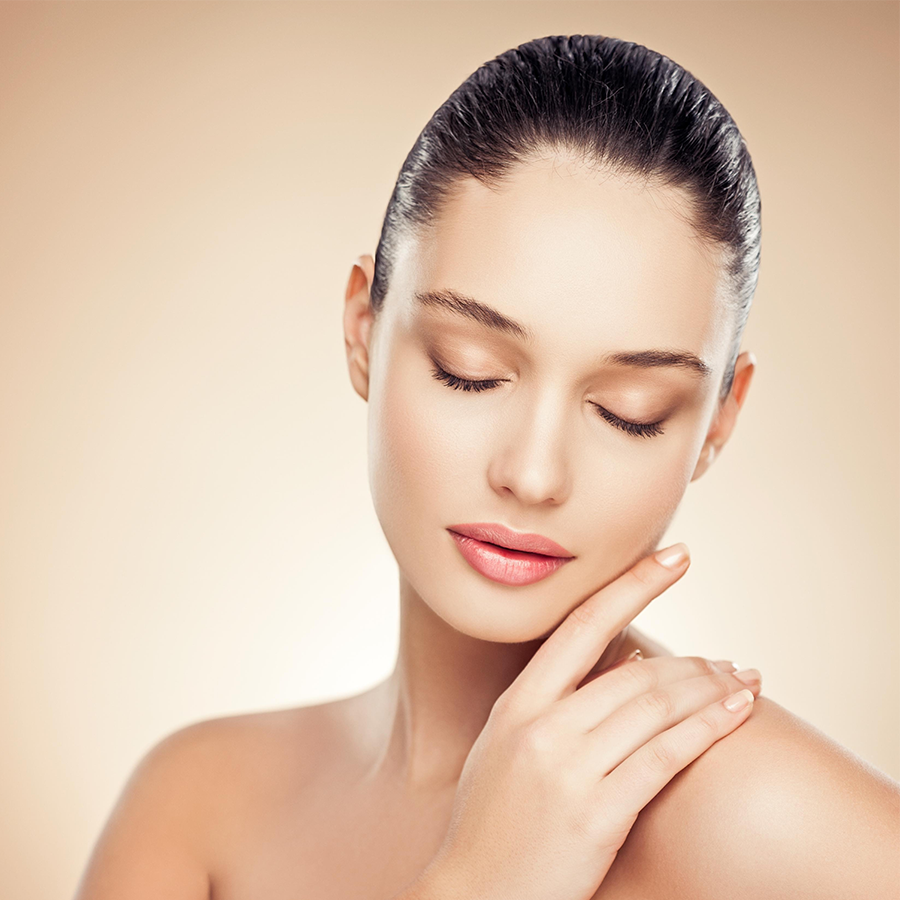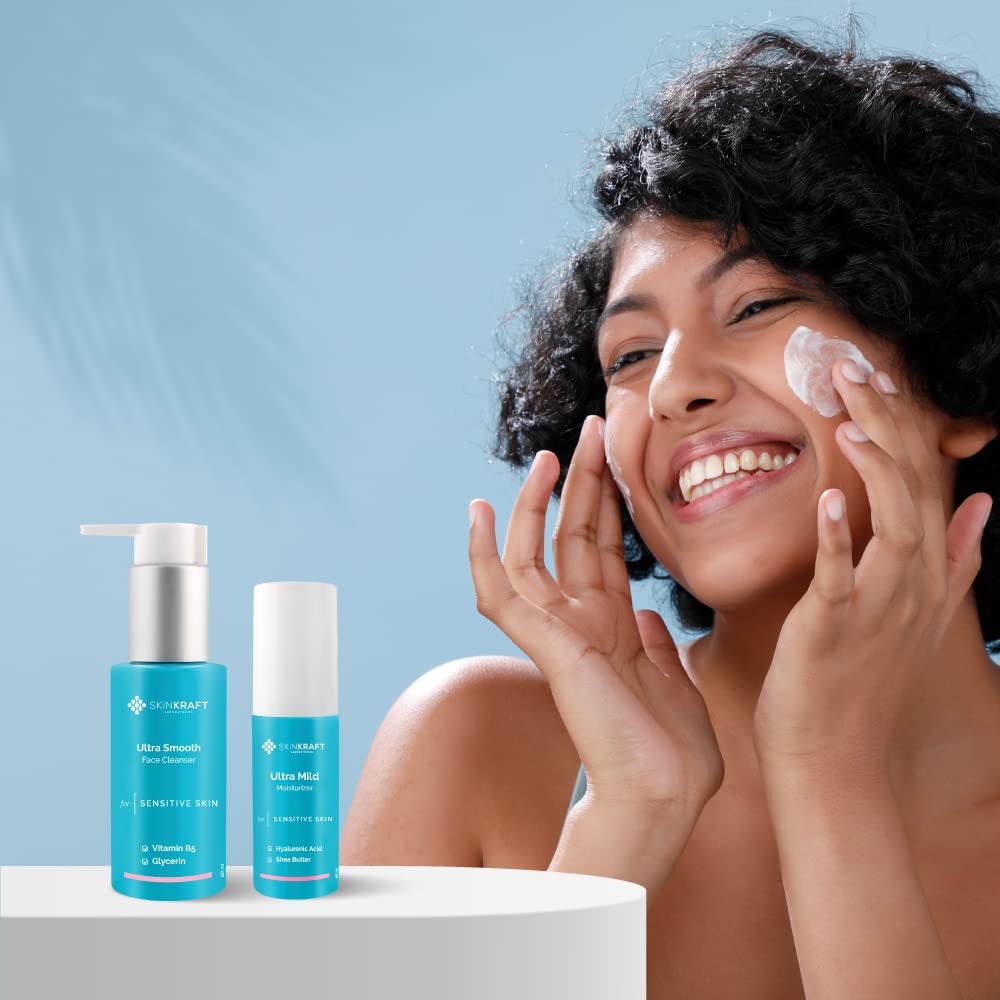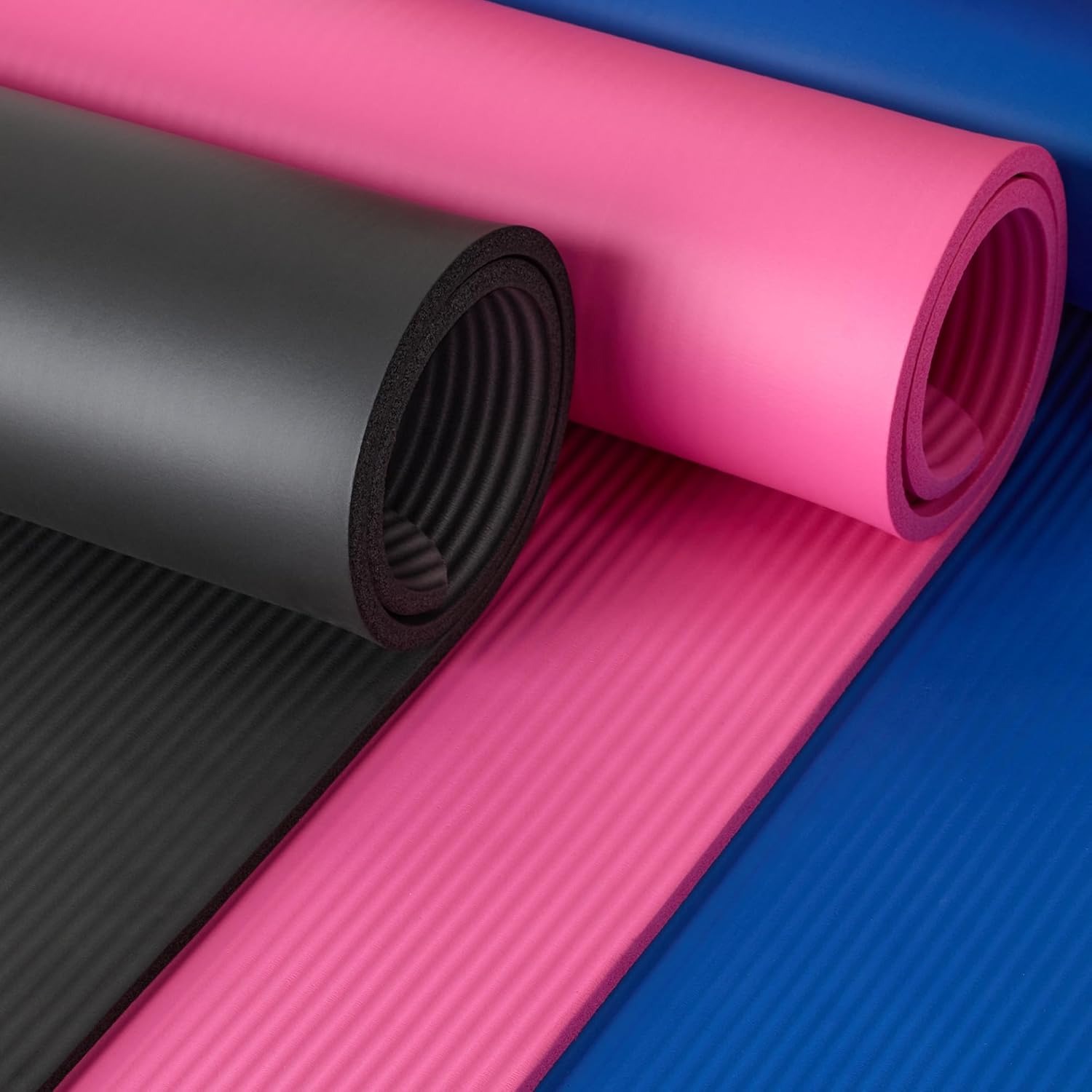The Role of Facial Cleansers in Skincare
Facial cleansers play a vital part in any skincare routine. They remove dirt, oil, and impurities from the skin’s surface. This clears the way for other skincare products to work more effectively. Using a facial cleanser can also help prevent common skin issues like acne and dullness. It’s the first step in a regime that supports the skin’s health and appearance.
Beyond cleaning, facial cleansers help to prep the skin. They create a clean base for moisturizers, serums, and sunscreen. Choosing the right facial cleanser can make a huge difference. It ensures that what follows in your routine is as beneficial as possible. In short, facial cleansers are the foundation of skincare. They set the stage for a healthy complexion.
Types of Facial Cleansers and Their Benefits
When investigating ‘what is a facial cleanser,’ it’s essential to understand the different types available. Each type offers unique benefits tailored to various skin concerns and preferences.
Gel Cleansers
Gel cleansers are clear and have a gel-like consistency. They are particularly effective for deep cleaning and exfoliating. With their lightweight texture, they work well for oily and acne-prone skin. These cleansers are great for unclogging pores and removing excess oil without stripping the skin of its natural moisture.
Cream Cleansers
Cream cleansers have a thick, creamy texture and are often infused with moisturizing ingredients. They are ideal for dry or sensitive skin types as they gently cleanse without causing irritation. The hydrating properties of cream cleansers can help to nourish the skin while cleaning it, leaving it soft and supple.
Foam Cleansers
Foam cleansers create a rich lather and are typically used for a thorough cleanse. They reach deeper into the pores to remove grime and are excellent for combination skin. Their foaming action is satisfying and can strip away tough makeup and pollutants.
Oil Cleansers
Oil cleansers have surged in popularity due to their ability to dissolve stubborn makeup and sunscreen. Suitable for most skin types, including oily skin, they operate on the principle that like dissolves like. Oil cleansers can give the skin a deep clean while preserving its delicate lipid barrier.
Micellar Cleansers
Micellar cleansers contain micelle molecules that attract dirt and oil. They are incredibly gentle and don’t require rinsing, making them perfect for on-the-go or for those with a busy lifestyle. Their mild cleansing action is suitable for all skin types, especially sensitive or dry skin.
Bar Cleansers
Bar cleansers have come a long way from the traditional soaps that could dry out the skin. Modern bar cleansers are formulated with skin-friendly ingredients and offer a no-mess option for cleansing. They can be formulated for specific skin types and often contain fewer preservatives than their liquid counterparts.
Choosing between these facial cleanser types hinges on understanding your skin’s needs. The right cleanser not only cleanses effectively but can also support the health and vitality of your skin.

How to Choose the Right Facial Cleanser for Your Skin Type
Choosing the right facial cleanser is essential. It’s not one-size-fits-all. Your skin type dictates which cleanser will work best for you. Here’s a simple guide to help you pick the perfect match for your skincare routine.
- Oily Skin: If you have oily skin, gel cleansers are ideal. They deep clean and exfoliate without added moisture that can make oiliness worse.
- Dry Skin: For dry skin types, cream cleansers are the go-to. Their moisturizing ingredients keep your skin hydrated.
- Combination Skin: Foam cleansers are best for combination skin. They can handle both oily and dry patches efficiently.
- Sensitive Skin: If your skin is sensitive, opt for micellar cleansers. They’re ultra-gentle and won’t irritate your skin.
- Acne-Prone Skin: Acne-prone individuals should also consider gel cleansers. They can help unclog pores and keep acne at bay.
- Mature Skin: Those with mature skin may benefit from oil cleansers. They remove makeup gently and maintain the skin’s natural barrier.
Other factors, like climate and lifestyle, can also influence your choice. For example, you might need a stronger cleanser in a polluted city environment or a gentler one if you’re always on the move. When in doubt, consult a dermatologist. They can provide personalized advice for what is a facial cleanser that fits your specific needs.
Remember, trial and error is part of the process. Don’t hesitate to switch things up if your skin’s needs change. The right facial cleanser is out there for you!

The Correct Way to Use Facial Cleansers
Understanding ‘what is a facial cleanser’ is only half the battle. Knowing how to use them correctly is just as crucial to maintaining a glowing complexion. Here’s a step-by-step guide on the proper use of facial cleansers to amplify their benefits.
- Start with Clean Hands: Before touching your face, make sure your hands are clean to avoid transferring bacteria to your skin.
- Use Lukewarm Water: Wet your skin with lukewarm water. It opens pores and helps the cleanser work more effectively.
- Apply the Cleanser: Take a small amount of your chosen facial cleanser and apply it to your face in circular motions. This helps to lift dirt from the skin’s surface.
- Be Gentle: Use light pressure when applying the cleanser. Harsh scrubbing can irritate the skin and cause damage, especially for those with sensitive skin.
- Spend Enough Time: Give the cleanser about one minute to interact with your skin. This will ensure it has time to dissolve oils and impurities.
- Rinse Thoroughly: Wash the cleanser off completely with lukewarm water. Any remaining cleanser can lead to residue build-up.
- Pat Dry: After rinsing, gently pat your skin dry with a clean towel. Avoid rubbing as it can irritate your skin.
- Follow Up with Skincare: After cleansing, proceed with applying toner, serum, moisturizer, or sunscreen as part of your regular skincare routine.
Using facial cleansers in the right way maximizes their efficacy and benefits for your skin. Whether it’s a gel, cream, foam, oil, bar, or micellar cleanser, the correct use can help keep your skin healthy and radiant.

Key Ingredients to Look for in Facial Cleansers
When searching for ‘what is a facial cleanser’ suitable for your skin, ingredient lists are crucial. Key ingredients in facial cleansers can provide benefits beyond the basic cleanse. Here are some ingredients to keep an eye out for:
- Salicylic Acid: This is a must-have for acne-prone skin. It helps to unclog pores and reduce breakouts.
- Glycerin: Glycerin attracts water to the skin. It is great for hydration, making it an ally for dry skin types.
- Hyaluronic Acid: This ingredient can hold immense moisture. It’s perfect for adding plumpness to the skin.
- Ceramides: Ceramides support the skin’s barrier. This keeps your skin protected and retains its moisture.
- Peptides: These building blocks aid skin repair and renewal. They work well for mature skin that needs rejuvenation.
- Vitamin C: Vitamin C brightens the complexion. It also defends against pollution and sun damage.
- Charcoal: Charcoal acts like a magnet for dirt and oil. It’s effective in deep cleansing, especially for oily skin.
- Tea Tree Oil: Known for its antibacterial properties, tea tree oil helps in controlling acne.
- Aloe Vera: Aloe Vera soothes and calms the skin. It’s great for sensitive or irritated skin.
Understanding the role of these ingredients can guide you to choose a cleanser that suits your skin’s needs. With the right facial cleanser, you’ll pave the way for healthier, happier skin.

Common Misconceptions About Facial Cleansing
Decoding common myths is key to effective facial cleansing. Here are some misunderstandings that need clearing up:
- Misconception 1: ‘Washing my face more often prevents acne.’ This is not true. Over-cleansing can strip the skin of its natural oils, leading to more breakouts, not fewer.
- Misconception 2: ‘Hot water opens pores.’ Pores do not open or close. Hot water can irritate the skin, causing redness and sensitivity. Stick to lukewarm water.
- Misconception 3: ‘All skin types should use the same cleanser.’ Skin types vary. An oil-based cleanser that works for dry skin may not suit oily skin. Choose according to your skin type.
- Misconception 4: ‘High foam equals better clean.’ The amount of lather does not reflect cleansing power. Sometimes, less foam is more gentle and just as effective.
- Misconception 5: ‘Facial cleansing wipes are just as good as cleansers.’ Wipes are convenient but not as thorough. They may leave behind residue. Cleansers provide a deeper clean.
- Misconception 6: ‘If a cleanser burns, it means it’s working.’ A burning sensation is a sign of irritation. A suitable cleanser should feel comfortable and cleanse without causing pain.
- Misconception 7: ‘I don’t wear makeup, so I don’t need a cleanser.’ Even without makeup, dirt and pollutants collect on the skin. Cleansing removes these impurities to keep skin healthy.
Understanding ‘what is a facial cleanser’ includes dispelling these myths. Good skincare is informed by facts, not misconceptions. Keep these points in mind and opt for cleanser choices backed by knowledge.
Integrating Facial Cleansers Into Your Daily Routine
Integrating a facial cleanser into your daily routine is essential for healthy skin. A consistent regimen helps maintain the skin’s cleanliness and vitality. To seamlessly add a facial cleanser into your daily life, follow these simple steps:
- Choose a Convenient Time: Most people cleanse their face twice a day, in the morning and before bed. Select times that fit easily into your schedule.
- Keep Products Accessible: Store your facial cleanser in a place where you’ll see it daily. A visible spot by the sink or shower can serve as a reminder.
- Link with Other Habits: Tie your cleansing routine to other daily habits. For instance, cleanse your face after brushing your teeth in the morning.
- Stay Gentle: Be kind to your skin. If you feel dryness or irritation, cleanse once a day instead of twice.
- Adjust as Needed: Listen to your skin. If you have a change in skin type or climate, adjust your cleanser accordingly.
Remember, the goal is to keep your skin clean without causing stress. Making facial cleansing a regular part of your day supports overall skin health. Use the previous knowledge about ‘what is a facial cleanser’ to choose the right one, and you’ll enjoy the benefits of clearer, more radiant skin.

The Importance of pH Balance in Facial Cleansers
Understanding pH balance is crucial when exploring ‘what is a facial cleanser’ and how it affects skin health. The pH scale measures how acidic or alkaline a substance is. It ranges from 0 to 14, with 7 being neutral. Your skin has a natural pH level of about 4.7 to 5.75, slightly acidic. This acidity helps to keep the skin’s barrier intact and supports its defense against bacteria and environmental stressors.
Facial cleansers with a balanced pH level respect the skin’s natural state. They clean without disrupting its protective layer. Look for cleansers with a pH close to that of the skin. This helps to maintain hydration, elasticity, and resilience. Using a cleanser with a high pH can strip the skin of its natural oils. This may lead to dryness, irritation, or breakouts. On the other hand, a very low pH may not clean effectively.
To sum up, a balanced pH in facial cleansers is key to a healthy complexion. It supports the skin’s natural defenses and prevents common skin concerns. Keep an eye on pH levels when selecting a cleanser. It’s a simple step that can make a significant difference in your skincare routine.



